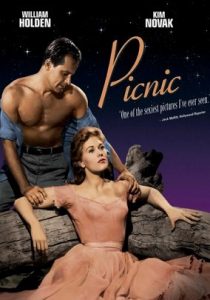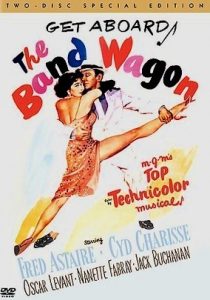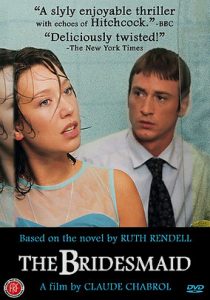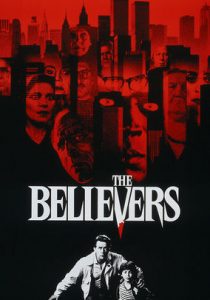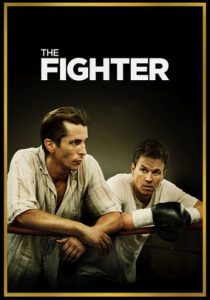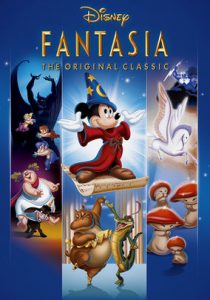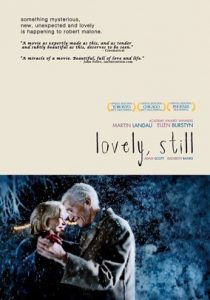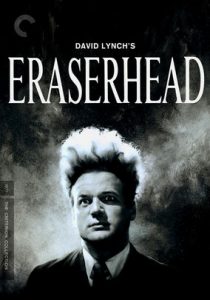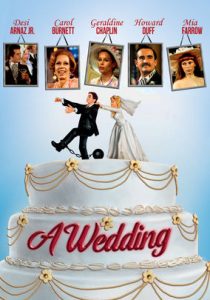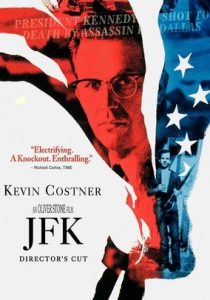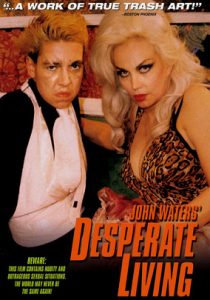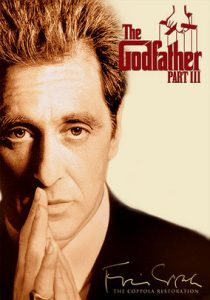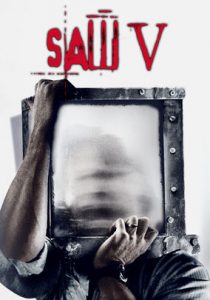Manchester by the Sea-2016
Director-Kenneth Lonergan
Starring-Casey Affleck, Michelle Williams
Scott’s Review #542

Reviewed December 11, 2016
Grade: A
Manchester by the Sea is a beautiful film.
Told from a slow build-up to a crescendo, and a big reveal mid-stream about one of the character’s pasts, it takes its time, and this is why it is so compelling.
The audience gets to slowly become familiar with the characters, making them rich with nuances- caring about them and their predicaments- just like good, solid story-telling should do.
The film is a slice of life, dark drama, but I did not find it to be a downer in the least bit. Rather, a film with rich writing and great characters. A good film makes you care for the characters as one would real people.
Casey Affleck is astoundingly good as the lead character, Lee Chandler, a janitor living a mundane life in Quincy, Massachusetts, and tending to a series of apartment buildings. He calmly goes about his work-dealing with indifferent, angry, or odd tenants.
Affleck portrays this man with quite a reserve and occasional outbursts of rage. His anger is confusing to us, but as the story unfolds we begin to understand what this man has been through and the reasoning behind his anger, even though he is a good person.
Lee receives a call one day with news that his brother, Joe, has died.
Through a myriad of flashbacks throughout the film, Joe is played by Kyle Chandler. Upon Joe’s death, Lee returns to Manchester (where he formerly resided) and is told he will be the guardian of his sixteen-year-old nephew, Patrick.
In the mix are the characters of Joe and Lee’s ex-wives- Elise and Randi (Michelle Williams), playing small, yet pivotal roles.
The film is dark, and many characters either suffer from emotional trauma, neurosis, or some other maladies, either physical or emotional. The slice of life analogy comes into play-everyone can relate to these characters in some way- most people have lived in towns like this, and/or have suffered crappy turns of events in life.
When Lee returns to Mansfield, he is a familiar face with a hint of mystery and lots of history. Mansfield is a small town- everyone knows each other’s business, and all of the characters are hardened, blue-collar, and tough individuals.
In addition to Affleck’s effective performance, Williams must be mentioned. She gives a tremendous, heart-wrenching performance as a good woman in pain, trying to carry on and do the right things, forging some sort of adequate existence, as is Lee.
Anyone who has gone through pain (which is everybody) can relate to these characters.
The supporting, and even the tiny characters, are perfectly cast and have hearty Boston-type accents that I loved. From Joe’s wife to Patrick’s girlfriend’s mother, to various other walk-on characters, each has a vulnerability mixed with toughness- as if life has been hard and they are wary of trust, yet they help each other and stick together.
The characters are a major positive to Manchester by the Sea.
Many reflective moments abound within the film- we often are given scenes of Lee driving down the highway- deep in thought. Or long shots of the vast Atlantic Ocean, where fishing is a large part of the character’s lives. Fishing boats and waves are monumental in the film.
These are not throwaway scenes, but rather interesting, compelling moments rich with meaning.
During the best sequence of the film, when a startling event occurs, the scenes are mixed with classical and operatic music, giving the scenes and the shocking revelations, power and meat.
It is heavy stuff, but also beautiful with an effective musical score.
Not to be drowned by the heavy drama, Manchester has some quirky, dry humor moments. When Joe is originally told about his heart condition, he and his father unintentionally call his female, Asian doctor by the wrong name.
When family friends host a party following awake, they awkwardly misunderstand each other when they attempt to fix Lee a plate of food. Finally, nobody can find the deceased Joe’s belongings at the hospital. These moments are awkward, but add some comic relief to the film.
I adore well-crafted, emotional, effective family dramas. Too often they are cliche-ridden and highly predictable.
In the case of Manchester by the Sea, the writing is brilliant, the acting top-notch, and the characters layered with intricate qualities.
This film has it all.
Oscar Nominations: Best Picture, Best Director-Kenneth Lonergan, Best Actor-Casey Affleck (won), Best Supporting Actor-Lucas Hedges, Best Supporting Actress-Michelle Williams, Best Original Screenplay (won)
Independent Spirit Award Nominations: Best Feature, Best Male Lead-Casey Affleck (won), Best Supporting Male-Lucas Hedges, Best Screenplay, Best Editing
